So why beekeeping? What has made this such a successful “sustainable livelihood” for our beneficiaries, who already spend busy days caring for homes, children, and coffee plants? Let’s talk about reasons beekeeping is a good choice for coffee farmers.
One: Beekeeping is a low time commitment.
Bees are remarkably self-sufficient, so they don’t require daily check-ins or check-ups. Beekeepers can visit hives when their schedules allow and rest assured that in the meantime, their bees will keep themselves occupied collecting pollen and nectar from nearby flowers and participating in the daily hustle and bustle of the colony. The beekeepers-in-training who make up our partner collectives are already busy people; many of them work several jobs just to make ends meet and participate in beekeeping as a way to earn extra income for their families. So it is important that while the beekeepers also work as weavers, tend coffee plants, and do all of the other things they do, their bees will stay happy and healthy between hive visits.
Two: Beekeeping doesn’t require much space.
Bees aren’t too fussy about where they live, so beekeepers can set up hives just about anywhere that’s convenient, including on land already planted with crops like corn, coffee, or avocado. Bees can and will find pollen just about anywhere there are plants, and they come and go without disturbing crops. Beekeepers don’t need to buy large plots of land or take out large loans to get started, making it easier for farmers to start apiaries without significant financial risk.
Bees are responsible for pollination, a vital part of the agricultural process that we humans can’t accomplish on our own. Just by collecting the pollen they need to feed themselves, bees keep natural ecosystems healthy and thriving. They have been shown to improve crop yields as well, which means more income for individual farmers. Many coffee-growing families in the Lake Atitlán region also grow a portion of the maize, beans, and squash that they eat on a daily basis (1), so more bee pollination means more crops in the field and more food on the dinner table.
Four: Beekeeping adds another harvest (or two) to a coffee farmer’s year.
The coffee harvest only comes once a year, and most farmers must sell their crops right away, making them vulnerable when negotiating prices with middlemen (2). Because this pattern often results in only one meager income per year, coffee farming families often endure meses flacos, or “thin months” when harvest earnings run out. Beekeeping adds up to two additional harvests to a family’s year, times when families can earn vital extra income to sustain them when earnings from the coffee harvest run out. Bottled honey is also shelf-stable, so once packaged, it can be sold throughout the year whenever families need extra cash.
Sharing responsibilities among members of a collective helps beekeepers manage their time both during periods of regular hive maintenance and during the more strenuous harvesting-and-bottling season. This style of collaboration can make beekeeping particularly attractive to coffee farmers busy with various other income-generating activities. Beekeeping in a collective setting also facilitates the transfer of knowledge between older and newer members, creating a growing community of beginner beekeepers who will become experts with time.
Six: Beekeeping helps farmers protect themselves against the risks of their trade.
Coffee crops are under constant threat from pests, drought, and disease, and sharp drops in coffee prices can render a hard-earned harvest near worthless. Farmers who keep bees in addition to tending crops, however, are better-positioned to ride out these fluctuations; when coffee prices drop, income from honey sales can lend some stability to otherwise devastating years (3). Coffee farming is also a good complement to other part-time income-generating activities, like beekeeping, because coffee plants can be left to their own devices when prices drop and harvested again when prices recover.
Seven: Beekeeping gets people thinking green.
Beekeepers focus their energies on the well-being of some of nature’s smallest but most vital creatures. This perspective encourages not only beekeepers, but also their communities, to invest in the health of their local ecosystems and speak out about the importance of environmental stewardship to their agricultural way of life. Some beekeepers here in Guatemala consider beekeeping to be an active way to support the preservation of indigenous plants and flowers. Our newest group of beekeepers-in-training have made this part of their stated mission, and their environmental focus is reflected in the name they have chosen for themselves: the Ecological Beekeepers.
Eight: Beekeeping can be passed down like an inheritance.
The skills and resources that make a successful beekeeping operation are easily passed among people invested in working together for their mutual benefit. Beekeeping can therefore be passed down through generations of a family; it is a valuable type of wealth in the form of hives, relationships, and knowledge that will be available to a beekeeper's children and grandchildren for many years to come.
1, 2, 3 Fischer and Victor, “High-End Coffee and Smallholding Growers in Guatemala.” Latin American Research Review, 2014.
*This post is loosely based on a list included in the Food and Agriculture Organization’s “Beekeeping and Sustainable Livelihoods” Diversification Booklet (Hilmi, Bradbear, and Mejia 2011).

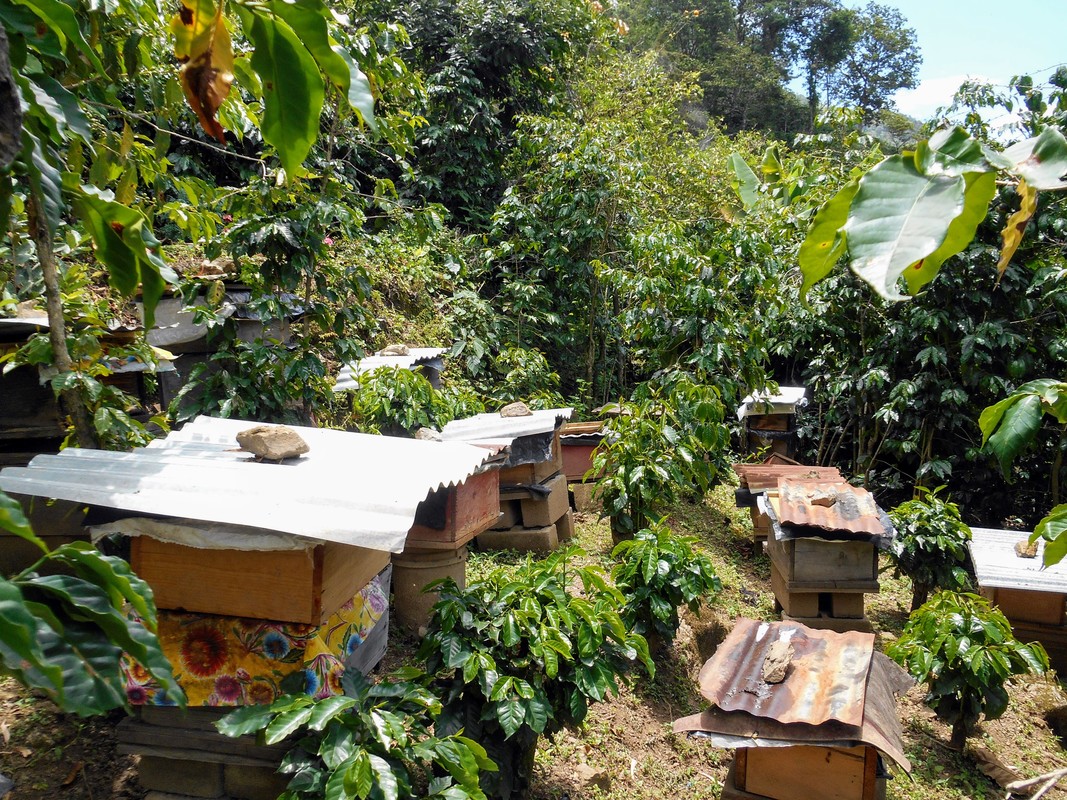
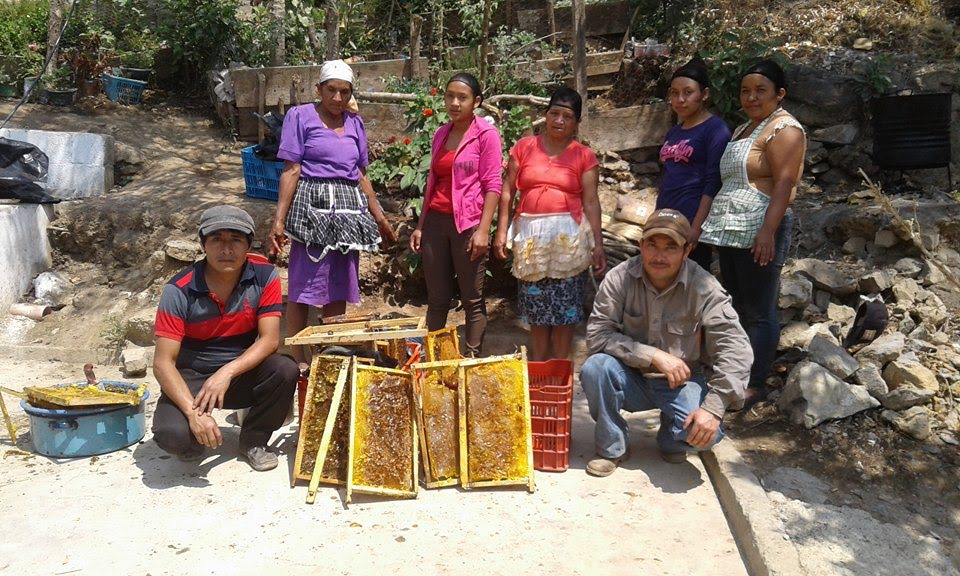
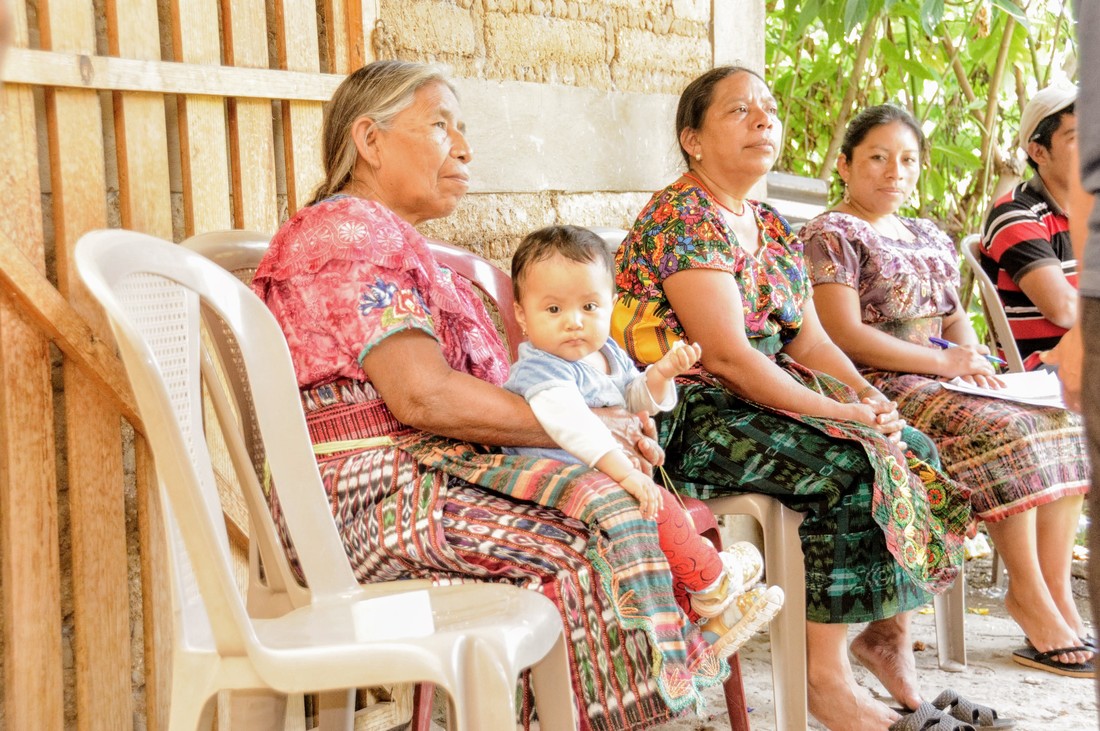
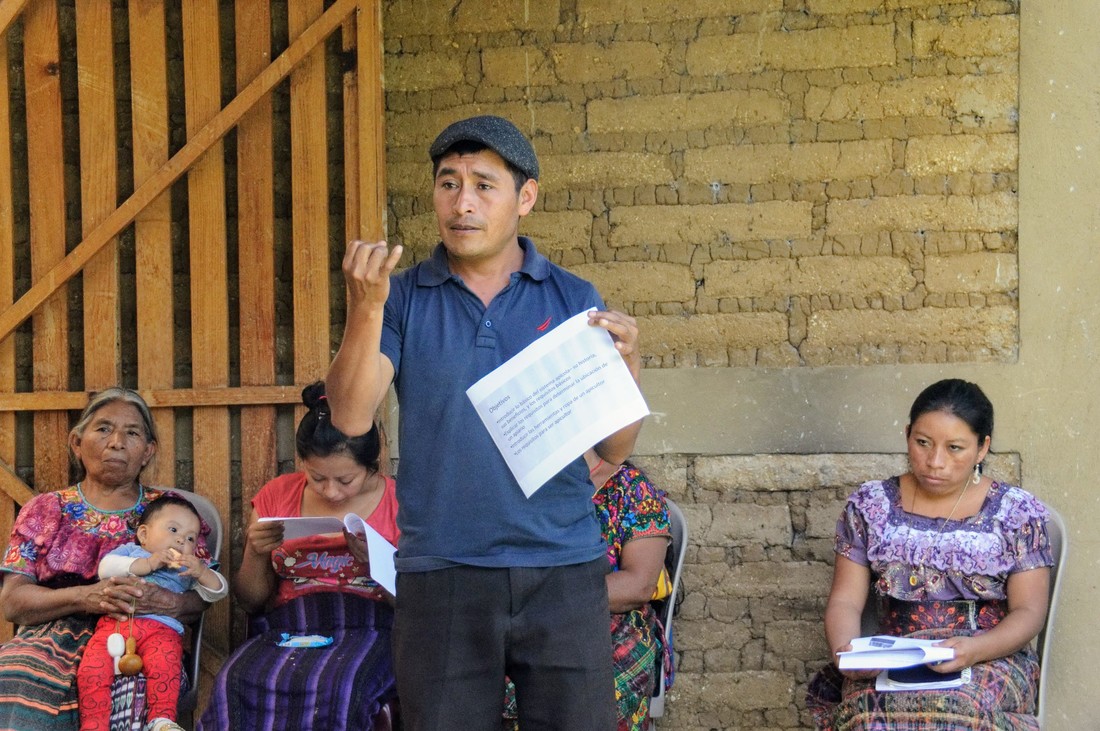
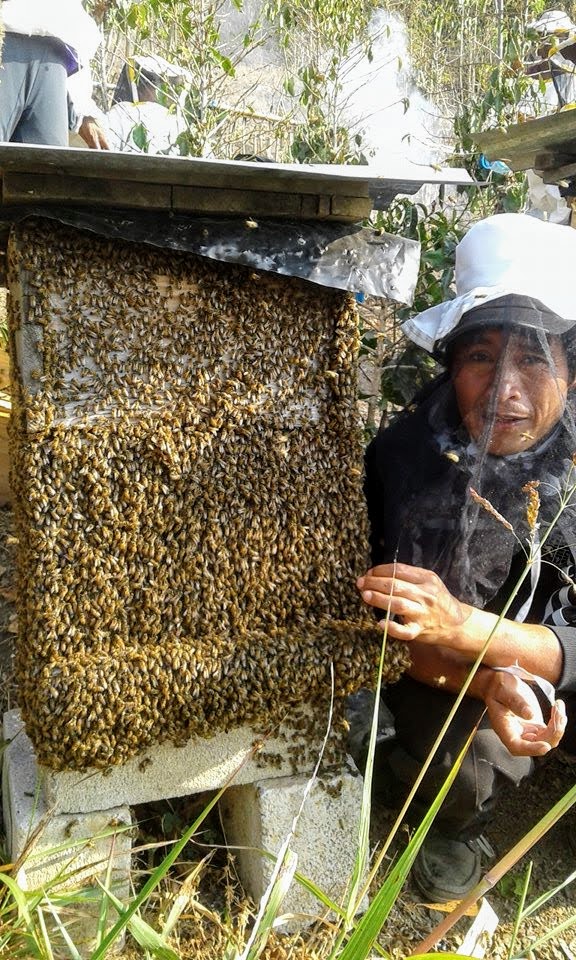
 RSS Feed
RSS Feed